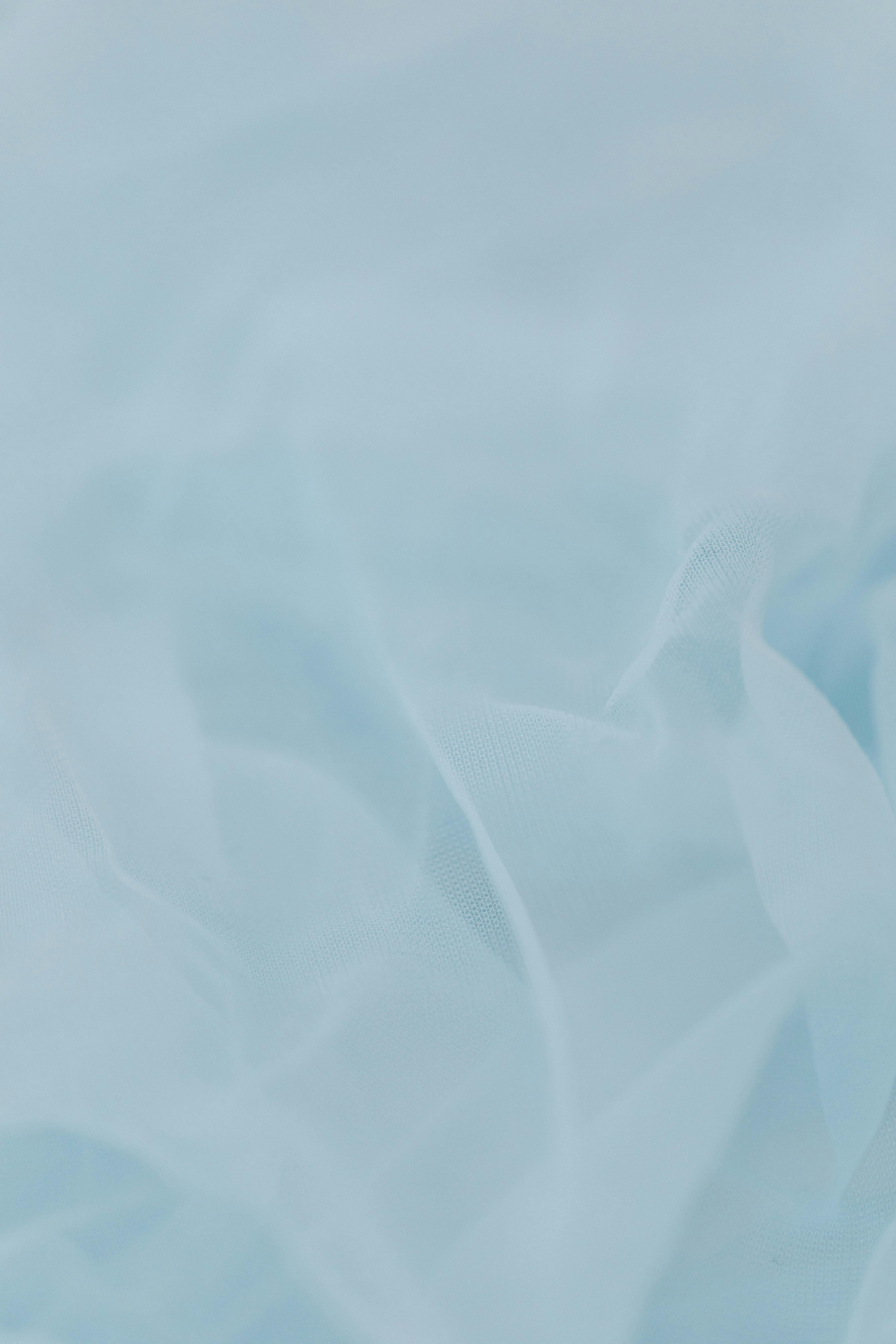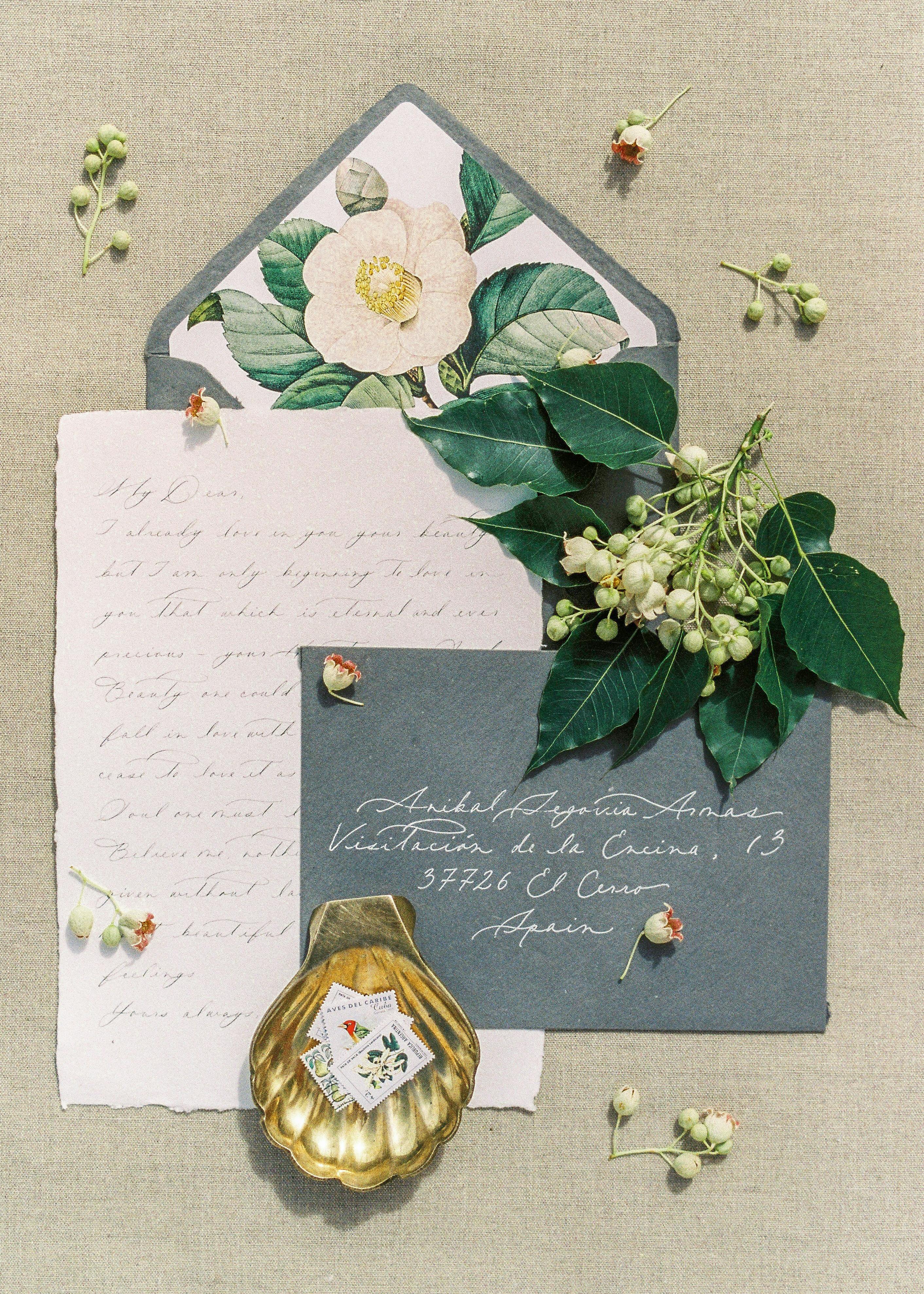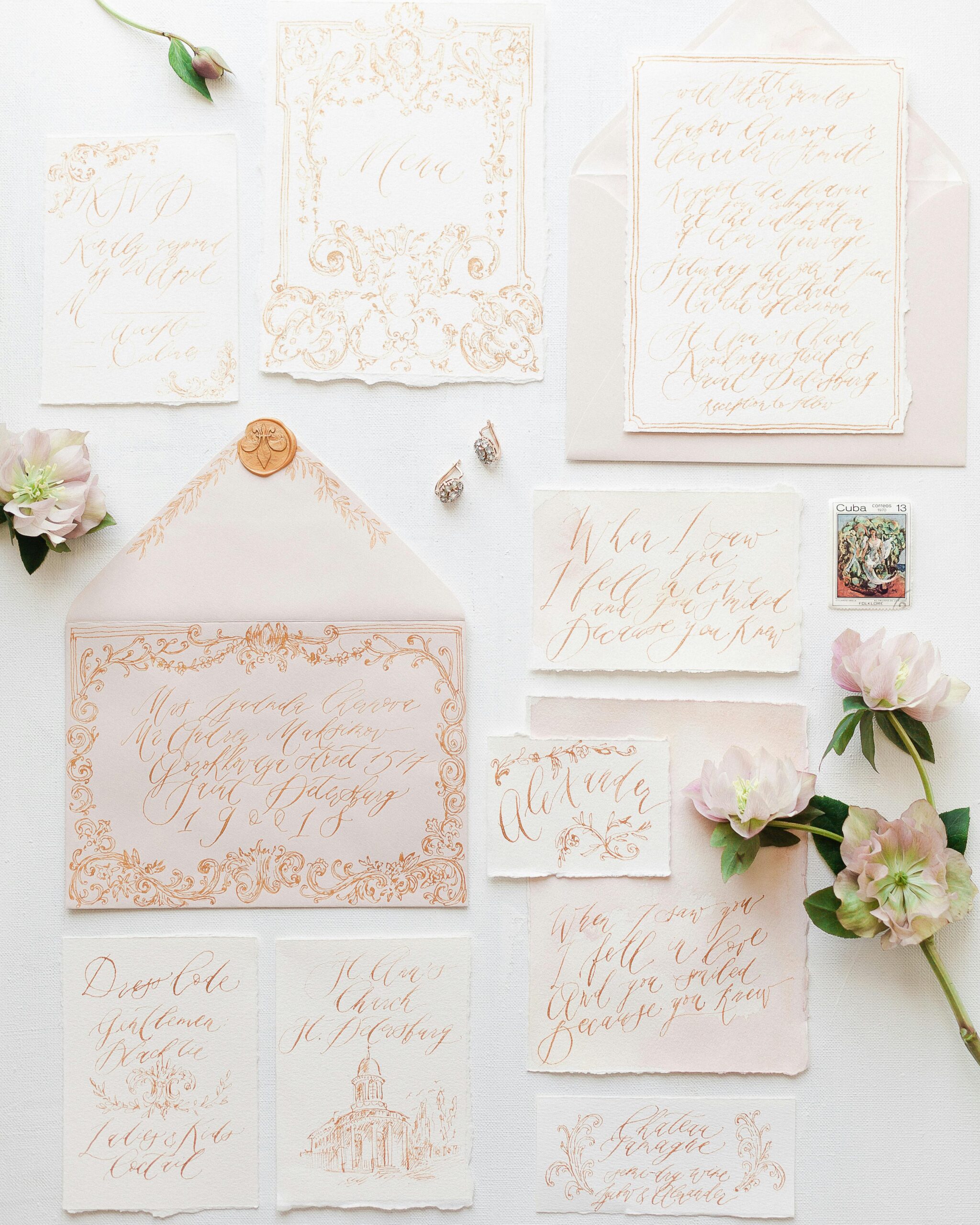Mastering the Art of Envelope Folding: Effective Techniques for 2025
In today’s fast-paced world, sending letters and packages has evolved from a simple task into a delightful form of self-expression. Learning how to fold an envelope not only enhances the appearance of your correspondence but also reflects your creativity and attention to detail. Whether you’re crafting a DIY envelope for a special occasion or looking to improve your everyday mailing techniques, mastering envelope folding can add a personal touch to your communications.
This article serves as a comprehensive guide to various envelope folding techniques that you can use in 2025 and beyond. From traditional folds to creative origami styles, we’ll dive into step-by-step instructions and practical tips for making beautiful envelopes at home. Plus, we’ll provide unique envelope designs that you can personalize to suit your style.
Along the way, we’ll discover the benefits of crafting envelopes, such as sustainability and creativity. By the end of this guide, you will have the knowledge and skills to create stunning envelopes that elevate your correspondence. So, let’s unfold the world of envelope folding!
Essential Techniques for Folding Envelopes
Understanding the basic envelope folding techniques sets the foundation for more complex designs. These essential methods not only teach you how to fold a paper envelope properly, but they also provide the groundwork for any type of envelope, be it for mailing letters or creative projects.
Step-by-Step Envelope Folding Instructions
Learning how to fold an envelope starts with a simple process. Begin with a rectangular piece of paper—standard letter size (8.5” x 11”) works well. Follow these steps:
- Lay the paper flat on a clean surface, ensuring that it is positioned correctly.
- Fold the paper in half, aligning the shorter edges, creating a crease down the center.
- Open the paper back up and fold the top edge down to the center crease you made.
- Next, fold the bottom edge up until it meets the top fold.
- Finally, fold the side edges towards the center to create the envelope shape, sealing it with glue or tape.
By following these basic envelope folding instructions, you will create an effective and functional envelope for all your mailing needs.
Envelope Folding Tips for Neat Results
When folding envelopes, precision is key. Here are some expert tips to achieve clean edges and perfect folds:
- Use a bone folder or something similar to ensure crisp creases.
- Make sure to measure accurately, especially when customizing sizes.
- Use high-quality paper to ensure durability; lightweight papers are ideal for crafting.
Implementing these tips will enhance the overall look and feel of your envelopes, making a good impression on recipients.
Creative Envelope Folding Patterns
As you become comfortable with the basic techniques, consider exploring various envelope folding patterns. These patterns range from simple to complex and allow for personalization through colors and styles. Here’s a brief overview:
- Origami Envelope: Use decorative origami techniques to create unique designs.
- Map Envelope: Utilize maps or recycled paper to craft interesting shapes.
- Decorative Folds: Experiment with different types of decorative folds for artistic effects.
Taking time to experiment with patterns provides a wonderful opportunity for creativity while meeting your functional needs.
Unique DIY Envelope Ideas
This naturally leads us to the concept of making your own envelopes at home. Crafting DIY envelopes not only saves money but also allows for expressing individuality through custom designs. Here are some innovative ideas to inspire you:
Making Envelopes Using Recycled Materials
Recycling is a fantastic way to repurpose common household items into beautiful envelopes. Consider using:
- Old Greeting Cards: Cut and fold cards into envelopes for a fun twist.
- Magazines: Use colorful pages as a vibrant envelope option.
- Gift Wrap: Repurpose leftover gift wrap to create memorable mailing pieces.
By utilizing these materials, you promote sustainability while adding a unique touch to your envelopes.
Decorative Envelope Personalization Techniques
Enhancing your envelopes with personal touches can make them truly special. Here are some methods:
- Stamps and Stencils: Use artistic stamps or stencils to add designs.
- Hand-Lettering: Practice elegant hand-lettering for addressing.
- Colorful Borders: Add borders or patterns along the edges for eye-catching results.
Through these personalized techniques, you transform simple envelopes into pieces of art.
Envelopes for Special Occasions
When crafting envelopes for occasions such as weddings or birthdays, consider incorporating thematic elements. Here are some envelope ideas for gifts that will elevate your presentation:
- Floral Prints: Choose floral designs for weddings or spring festivities.
- Elegant Foil: Use foil-stamped envelopes for a luxurious touch.
- Festive Colors: Opt for vibrant colors to celebrate birthdays or holidays.
Applying such creative stationery choices ensures your envelopes stand out and complement the occasion they represent.
Envelope Folding Techniques for Craft Projects
Following the exploration of practical methods, let’s look into how you can incorporate crafting envelopes into various artistic projects. Utilizing envelopes as materials can significantly enhance your crafting experience.
Envelopes in Mail Art
Mail art is a popular form of creative expression through USPS. Use envelopes as canvases for your art projects. You can:
- Paint Envelopes: Use watercolors or acrylics to design.
- Collage: Create collages with magazine cutouts.
- Stickers and Washi Tape: Decorate with stickers or washi tape for a colorful look.
These techniques turn standard envelope art into a vibrant and personal touch for your correspondence.
Utilizing Envelopes in Scrapbooking
Envelopes can serve as useful components in scrapbooking. Here’s how you can implement them effectively:
- Keep Memories Safe: Use envelopes to store photos or keepsakes.
- Interactive Elements: Create flaps or hidden compartments for surprise messages.
- Themed Pages: Match envelopes to the theme of your scrapbook pages for coherence.
Integrating envelopes enhances storytelling while providing a unique element to your scrapbook.
Envelope Folding for Events
For parties or gatherings, envelope folding can help with invitations and thank you notes. Create unique invitations by:
- Customized Invitations: Fold envelopes in different shapes that match your event’s theme.
- Creative Closure Systems: Experiment with unique closure systems, like ribbons or wax seals.
- Envelope RSVP Cards: Include RSVP cards with creative designs.
These methods enrich your event planning and make your invitations memorable.
Q&A on Envelope Folding
What materials are best for making envelopes?
Using quality paper or cardstock ensures that your envelopes are sturdy. For decorative folding, consider textured or patterned papers, which add intrigue to your envelopes. Additionally, recycled materials can often work beautifully in projects.
How can I ensure my envelopes are secure?
To secure your envelopes effectively, consider using glue or double-sided tape to close the edges. You can also use stickers or wax seals for a decorative yet functional closure.
Are there envelope templates available for beginners?
Yes, there are numerous printable envelope templates available online that cater to various sizes and styles. These free resources can help beginners master envelope folding with ease.
Can I use envelopes for art projects?
Absolutely! Envelopes serve as fantastic canvases for various art projects, including mail art and scrapbooking. They can be decorated and repurposed creatively, allowing you to express your artistic side.
What are some unique envelope design ideas?
Unique design ideas for envelopes include using colors that reflect personal styles, adding hand-drawn illustrations, and incorporating embellishments like ribbons and charms. Personalizing each envelope makes your correspondence more meaningful.
Learning how to fold an envelope is a valuable skill that enhances both utility and aesthetics in your correspondence. By employing various techniques and creative ideas, you can transform a simple envelope into a thoughtful artistic expression.
To see some visual guides, check out these links: Basic Envelope Folding Techniques and Creative Envelope Designs to Inspire You.

With practice and creativity, your envelopes will not only serve as a practical tool for mailing but also become a representation of your personal style and flair!

